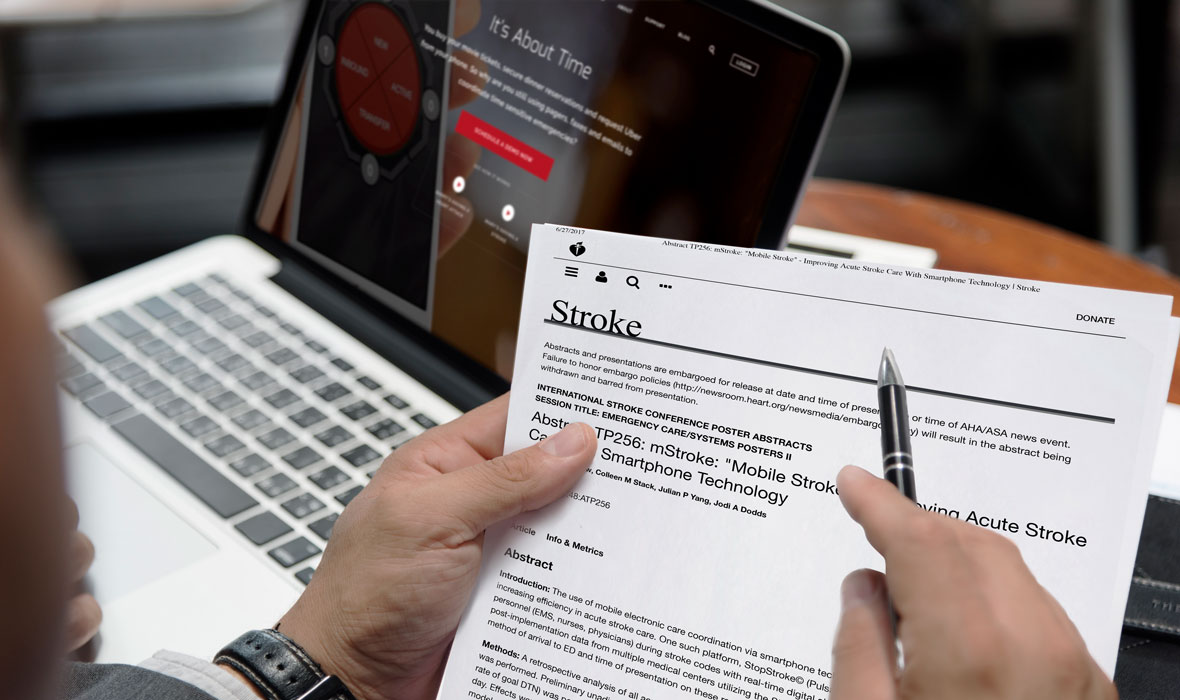Baker to Vegas: Leveraging Pulsara to Manage a Planned Event
Although they have the advantage of prior awareness and preparation, large-scale planned events pose unique challenges for emergency management...
2 min read
 Brittany Means, RN, BSN
:
Feb 16, 2018
Brittany Means, RN, BSN
:
Feb 16, 2018

For most, the words “MR CLEAN” evoke thoughts of the bald man on the bottle of your go-to household cleaner, but for those of us in stroke care, those words immediately take us back to the monumental ISC meeting of 2015 – where the clinical trials that forever changed the management of stroke patients were revealed.
While that conference will eternally be a tough act to follow, the meeting of the minds at ISC 2018 DAWNed yet another “New Day in Stroke Care.” Clinical trials such as Arise II, Extend-IA TNK, DEFUSE 3, and further results from DAWN were revealed, and to no surprise, are responsible for much of the research backing the new AHA/ASA 2018 Guidelines for Early Management of Acute Ischemic Stroke Patients.
So now that we’ve said goodbye to LA and ISC 2018, what did we learn? Lucky for you, we skimmed ALL 345 pages of the 2018 Guideline in order to bring you the most compelling additions and revisions:
What are your thoughts on the latest guidelines? Let us know below!

Although they have the advantage of prior awareness and preparation, large-scale planned events pose unique challenges for emergency management...

For Those Who Love a Good "Oopsie!" At Pulsara, we pride ourselves on enabling secure, HIPAA-compliant communication for healthcare teams. But let’s...

March Recap A New Integration: Improving Data Management, Streamlining Workflows, and Improving Care CoordinationOnly a few days ago, we announced...